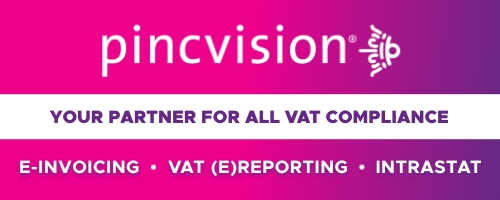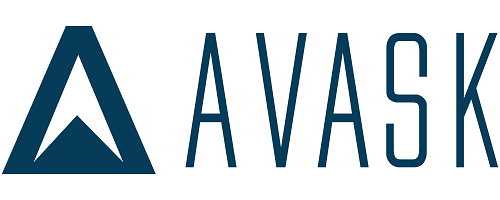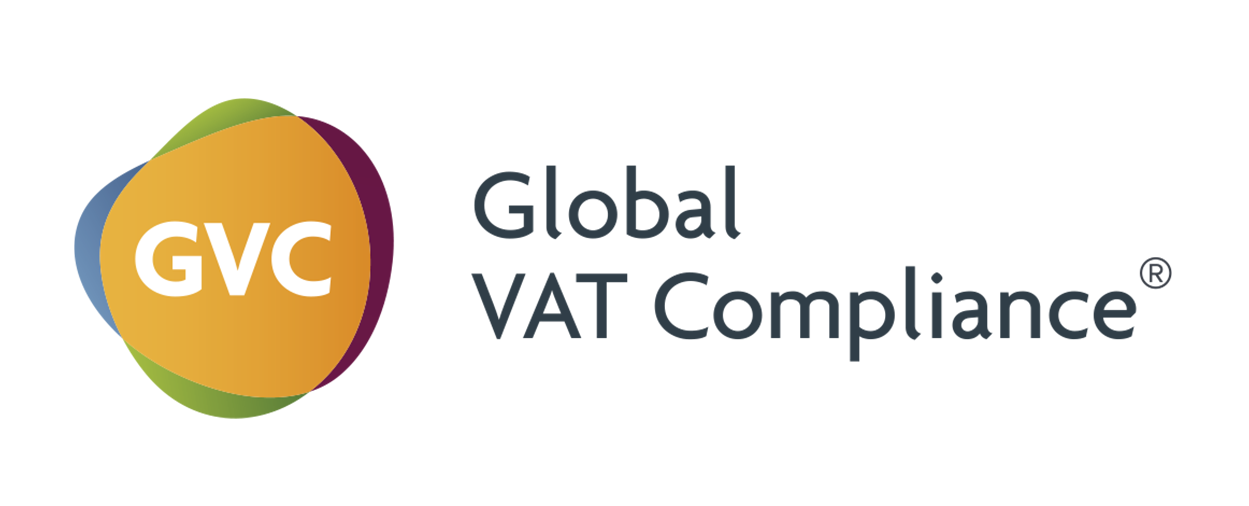Phase 4 of the EMCS (Excise Movement and Control System) will be introduced on February 13, 2023 . The most important innovation is the electronic administration of taxed business-to-business (B2B) goods movements.
As of February 13, 2023, excise goods released for free circulation can only be transported to another member state for commercial purposes with an electronic simplified accompanying document, i.e. e-EKO .
A delivery note must still be used for the domestic delivery of a taxed product.
Taxed deliveries will be integrated into EMCS using existing messages and processes: data group names, code lists, conditions and rules will change, but there will be no new messages and processes.
The EMCS system communicates with farmers and member states for shipments started after February 13, 2023 in line with phase 4.0
If you communicate with the EMCS system via Customer Portal or Company Portal, you must download the latest version of the electronic forms from the NAV website. These will be available from February 13, 2023.
If you communicate with the EMCS system via an External Communication Center ( KKK2 ) , the changes must be transferred to the programs used .
If you have not communicated with the EMCS system before, you must first submit a so-called E01, that is, a registration message with no history. The required ÁNYK form: ” NAV_VP_E01 Registration notification for receiving an EMCS message without history “. In this, you must declare which of the contact options you are using.
The paper-based simplified accompanying document (EKO) will cease to exist as of February 13, 2023 , as the relevant Regulation 3649/92/EEC will expire.
Therefore , it will cease to exist from February 13, 2023
- the sale of printed, paper -based EKO forms at the directorates,
- the usability of previously purchased form blocks , and
- release of the EKO serial number range.
EKO’s paper-based confirmation can be used until December 31, 2023, but only for paper-based deliveries started before February 13, 2023.
The affected economic circle
A new type of permit , the case-by-case certified consignor , will be introduced for taxed deliveries to other Member States.
In addition, the current permit types are supplemented and include activities by assigning permit numbers that identify them:
- activities with tax suspension,
- the delivery (dispatch) of the taxed excise product for commercial purposes from the country to another member state, and
- the domestic delivery (receipt) from the other member state as well.
With effect from February 13, 2023, the NAV will supplement the tax warehouse permit, excise permit, registered merchant permit, and registered consignor’s permit issued before February 13, 2023 with the possibility of transporting excise products released for free circulation, sent to another member state for commercial purposes, or received from another member state.
With effect from February 13, 2023, small-scale wine producers registered before February 13, 2023 will supplement their data with the possibility of transporting excise products released for free circulation and sent to another member state for commercial purposes .
An excise product released into free circulation for commercial purposes
- as consignor to a Member State: a tax warehouse license holder, a registered consignor, a case-by-case certified consignor, a merchant with an excise license and a small-scale wine producer can post.
- As a consignee from a member state: a tax warehouse licensee, a registered trader, a case-by-case registered trader and a trader with an excise license can take delivery domestically.
Products that can be delivered with e-EKO
All products that can be delivered with e-TKO until now will be delivered with e-EKO.
Only one product will be introduced that can only be delivered with e-EKO:
- S600 : Fully denatured alcohol, which is alcohol within the scope of Article 20 of Directive 92/83/EEC, which has been denatured and meets the conditions for the exemption provided for in Article 27(1)(a) of said Directive.
Consequently, it is fully denatured alcohol
- it can only be delivered to a Member State with e -EKO ;
- can only be received from a member state with e -EKO ;
- a delivery note must be used for domestic transport .
Start of delivery
The IE815 message becomes dual-functional:
- e-TKO (electronic product accompanying document)
- There will be an e-EKO draft at the same time,
and the code of the ” Message type ” section in it determines whether it is e-TKO or e-EKO.
Therefore, the code list in the ” Message type ” section is expanded:
| Mist | Description |
| 1 | Normal request |
| 2 | Request for export with local customs clearance |
| 3 | Taxable intercompany shipment |
In the case of a taxed intercompany shipment , e-TKO is not e-TKO, but e-EKO . Due to the distinction between taxed shipments, the structure of the AHK number changes, a ” P ” (=Paid, taxed) value is applied to the 20th character .
| Field | Content | Field type | Example |
| 1 | Year | 2 numeric | “23” |
| 2 | The identifier of the Member State where the e-TKO/e-EKO was originally submitted | 2 letters | “EN” |
| 3 | Nationally assigned, unique code | 15 alphanumeric (numbers and uppercase letters) | “021311111658394” |
| 4 | Type of goods movement | 1 alphanumeric | “P” |
| 5 | Check digit | 1 is numeric | “9” |
A new value is added to the existing code list for the ” 9. d Origin type code ” column:
| Mist | Description |
| 1 | Tax warehouse |
| 2 | Import |
| 3 | Taxed |
The new origin type code can only be used if the shipment is e-EKO, i.e. ” Message type “: “3= Taxed intercompany shipment” .
Two new values are added to the existing ” Destination type code ” code list:
| Mist | Description |
| … | … |
| 6 | Export |
| 7 | (Reserved) |
| 8 | Unknown destination |
| 9 | Verified recipient |
| 10 | Temporary verified recipient |
In the case of e-EKO, the value of the column ” 1.a) Destination type code ” can only be ” 9=Verified recipient ” or ” 10=Temporarily verified recipient” .
You can find out about the type of license of the foreign partner by entering the 13-character license number at the following link:
http://ec.europa.eu/taxation_customs/dds2/seed/seed_consultation.jsp?Lang=en
In the case of e-EKO
- it is mandatory to use the ” Merchant: Place of dispatch ” and ” Merchant: Place of destination ” data groups;
- are not applicable to
- ” Import Customs Office ” (import);
- ” Customs office of destination ” (export);
- “ Merchant: Exempt Consignee ”;
- Within the ” Trader: Recipient ” data group, the ” EORI number “
data.
Consignment closing
The delivery must also be completed with e-EKO by sending a validated receipt , and in the case of a taxed delivery, there are two different legal consequences:
- on the one hand, notification that the recipient has received the excise goods,
- on the other hand, notification that the formalities have been met in the destination Member State and the tax refund can be implemented.
The codes for ” comprehensive assessment of acceptance ” do not change.
It is not possible to delete or share the e-EKO for taxed deliveries .
Changing the destination is also limited to two scenarios: the shipment can only be directed to another destination of the same recipient or back to the sender . This process is also implemented by reusing existing tax suspension processes and data. Thus, there is no change in collateral management either.
The e-EKO for refill liquid, new tobacco product categories, smokeless tobacco product, heated product and nicotine replacement product shall not be forwarded to the EMCS application of the Member State of destination. These shipments are closed manually.
Data service
The e-EKO will be the document for the release of excise goods into another member state. There is no need to provide data on this separately with message HU815E/HU801E.
The current dual function of the HU815E and HU801E messages will cease , in the future these messages can only be used if an excise product is released for domestic free circulation with a delivery note.
Message HU815E cannot be submitted for the release of an excise product into free circulation to another member state.
The new name of the HU815E form and message will be “Information on the release of excise goods into domestic free circulation “.
In the form and message
- the value of the column ” Notification type ” is exclusively ” S – Come. delivery note according to § 64 “;
- The destination country code is only ” HU=Hungary “
may.
Compliance with the DG AGRI regulation
Based on the DG AGRI (Directorate-General for Agriculture and Rural Development of the European Commission) [1] , if the aging time or the age of the drink is indicated in the description, display and marking of the spirit drink , then this must also be included on the e-TKO.
Therefore, two new data elements are introduced in the IE815 and IE801 messages:
- ” t Maturation time or the age of the drink ” and
- ” u Maturation time or the language code for the age of the drink “.
It is not mandatory to fill in the column ” 17. t Maturation time or the age of the drink “.
National Tax and Customs
[1] Based on Article 13 (7) of Regulation 2019/787 of DG AGRI (Directorate-General for Agriculture and Rural Development of the European Commission).
Source: gov.hu















